When to limit your activity and when not to

If you have an aneurysm, you may not feel that bulge in your blood vessel, but it may always be in the back of your mind.
Advertisement
Cleveland Clinic is a non-profit academic medical center. Advertising on our site helps support our mission. We do not endorse non-Cleveland Clinic products or services. Policy
Aneurysms occur because of a weakened wall in an artery — most commonly your aorta, the main artery that carries blood from your heart to the rest of your body. An aneurysm can grow as blood pressure increases. If it grows too large, it can become more likely to burst or split open, which can be life threatening.
So, keeping your heart rate and blood pressure under control is the No. 1 way to try to manage an aneurysm and keep it as small as possible. That’s why some people think they shouldn’t be too active or do anything too strenuous if they have one.
But that’s not so, says vascular surgeon Federico Parodi, MD.
“The most important thing I tell my patients with aortic aneurysms is to have a normal life,” he says. “Very rarely do I advise patients to change their normal activities.”
Actually, there are no official activity guidelines for people with aneurysms. However, Dr. Parodi has some recommendations.
“If you have a small aneurysm, 4 cm wide or smaller, there are no restrictions on your activity,” he says. “If your aneurysm gets bigger, you may need to be a little more careful, but the main thing is to work with your cardiologist or primary care provider to control your blood pressure.”
Advertisement
Large aneurysms (5-5.5 cm for abdominal aortic aneurysms and 5.5-6 cm for thoracic aortic aneurysms) need to be surgically repaired.
If you have a larger aneurysm and are getting closer to repair, it’s still ok to stay active.
These activities are usually safe to do, he says, even with a growing aneurysm:
“More than 90 percent of the time, whatever you’d do without an aneurysm is safe to do with an aneurysm,” says Dr. Parodi.
But there is one general rule: Don’t lift more than half your weight. At least not routinely.
“For most patients, if you need to help move a big table or chair one time, go ahead,” says Dr. Parodi. “Just avoid repetitively increasing your heart rate and blood pressure, like consistently doing extreme weightlifting.”
It’s easy to tell when an activity is too much. It’s when your heart is pounding and you can’t catch your breath, says Dr. Parodi.
“If you have an aneurysm, stop yourself before you reach that level of exhaustion,” he says. “Otherwise, lead your normal life. Don’t feel like you can’t go out to dinner or out for a walk. Activity is good for your cardiovascular health, even with an aneurysm.”
Advertisement
Learn more about our editorial process.
Advertisement
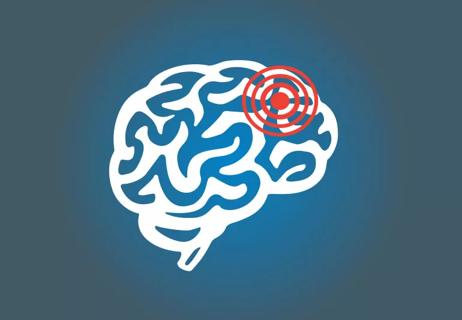
Quiz yourself about this dangerous disorder

Losing belly fat can reduce your risk for chronic health conditions — try focusing on a diet high in lean protein, exercising regularly, reducing stress and getting quality ZZZs
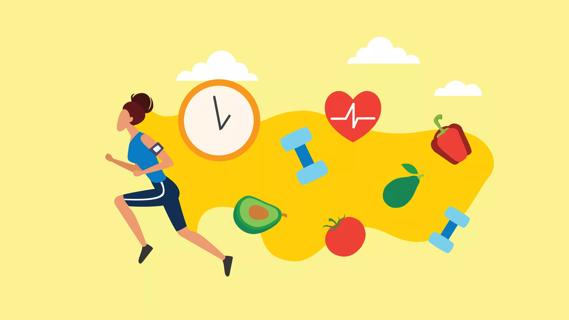
It’s best to exercise before or after your fast, instead of during it
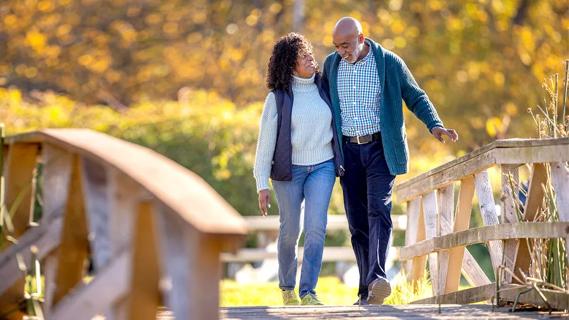
Absolutely! In fact, in many ways, exercise is key to recovery

The exercise — which you’ve probably been doing since grade school — can be intimidating, but proper form can help
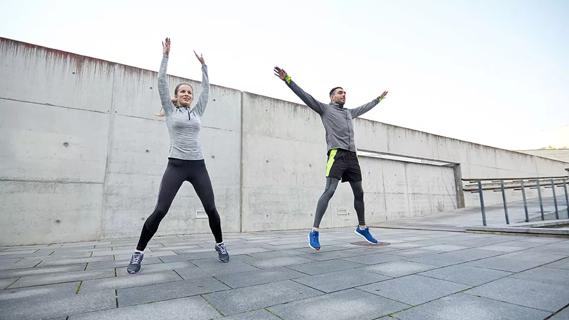
Cardio is great for improving cognition, but strength and balance training are just as important
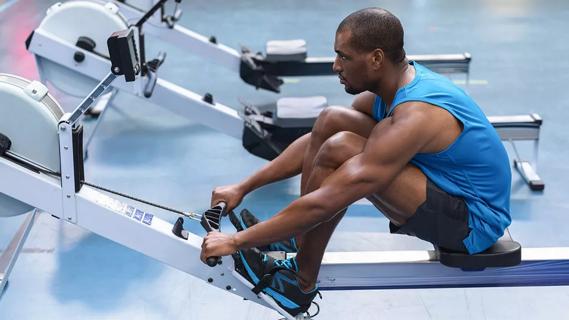
Exercise lowers risk for heart conditions, improves mental health and reduces visceral fat that can compromise your organs

Kids’ yoga can help kiddos become more aware of their physical, mental and emotional selves

Type 2 diabetes isn’t inevitable with these dietary changes

Applying a hot or cold compress can help with pain